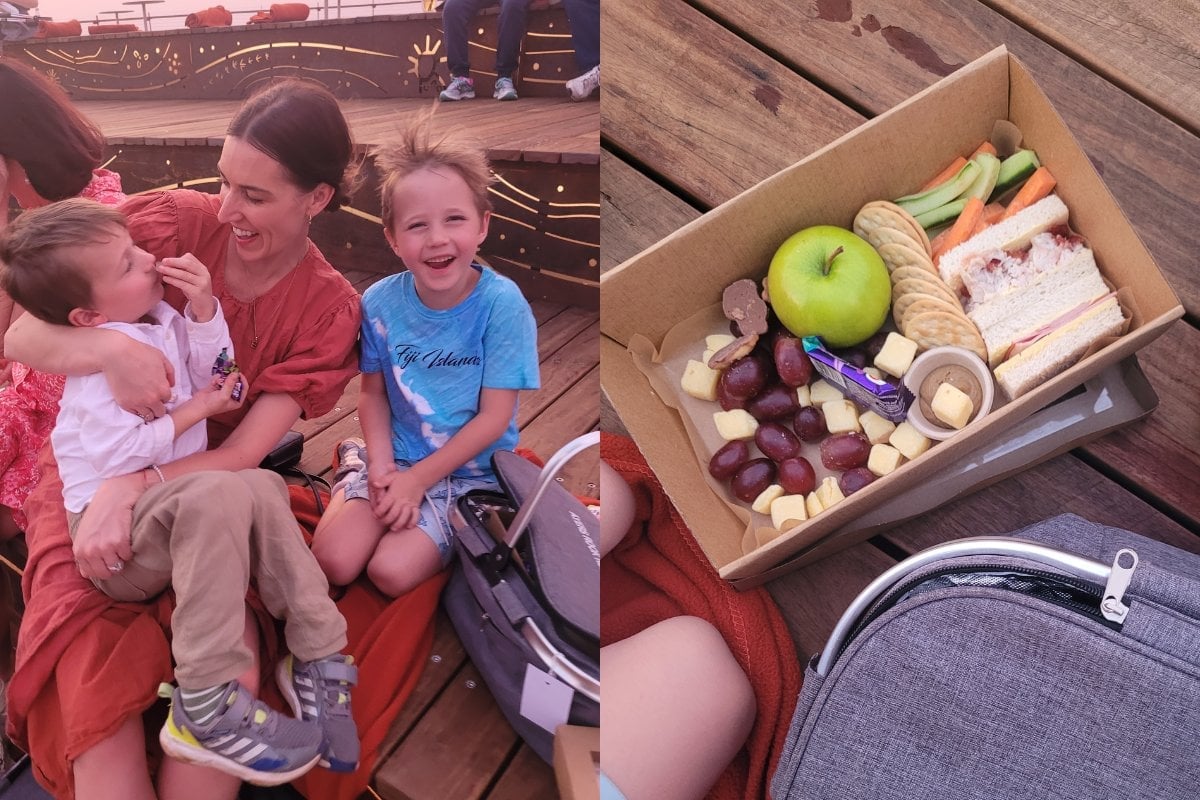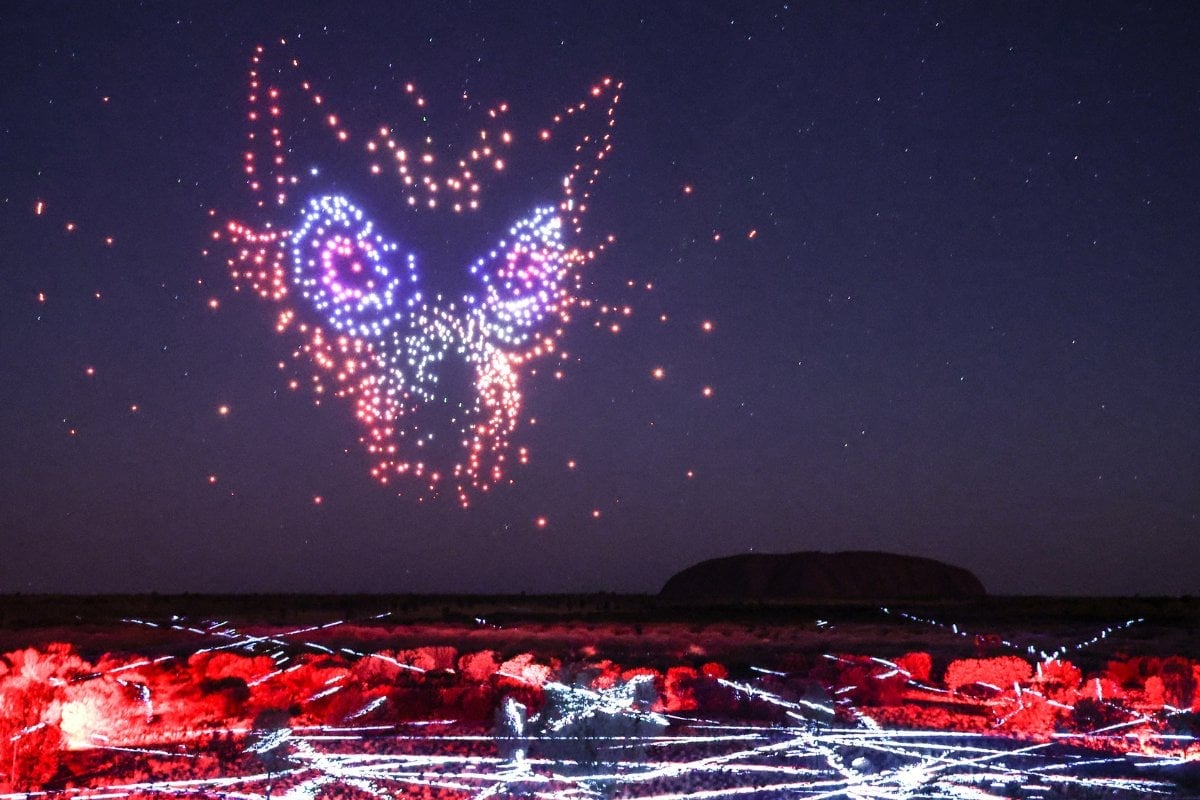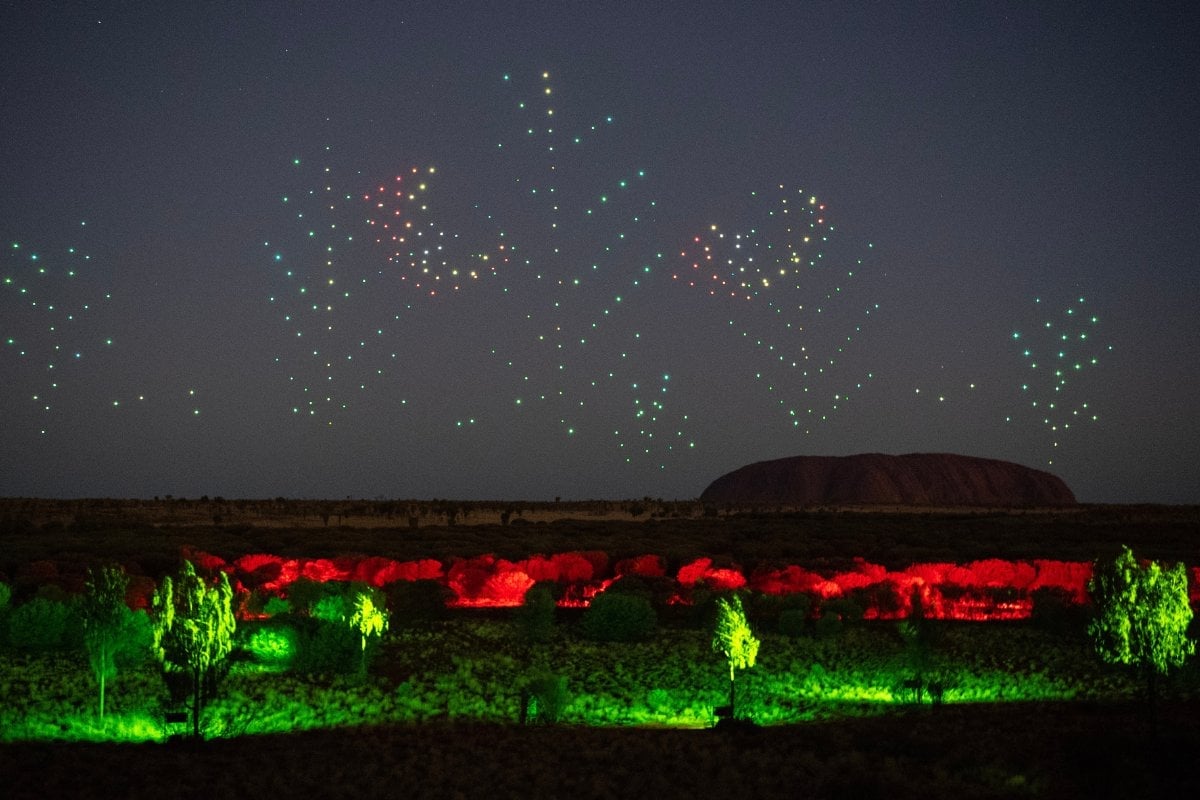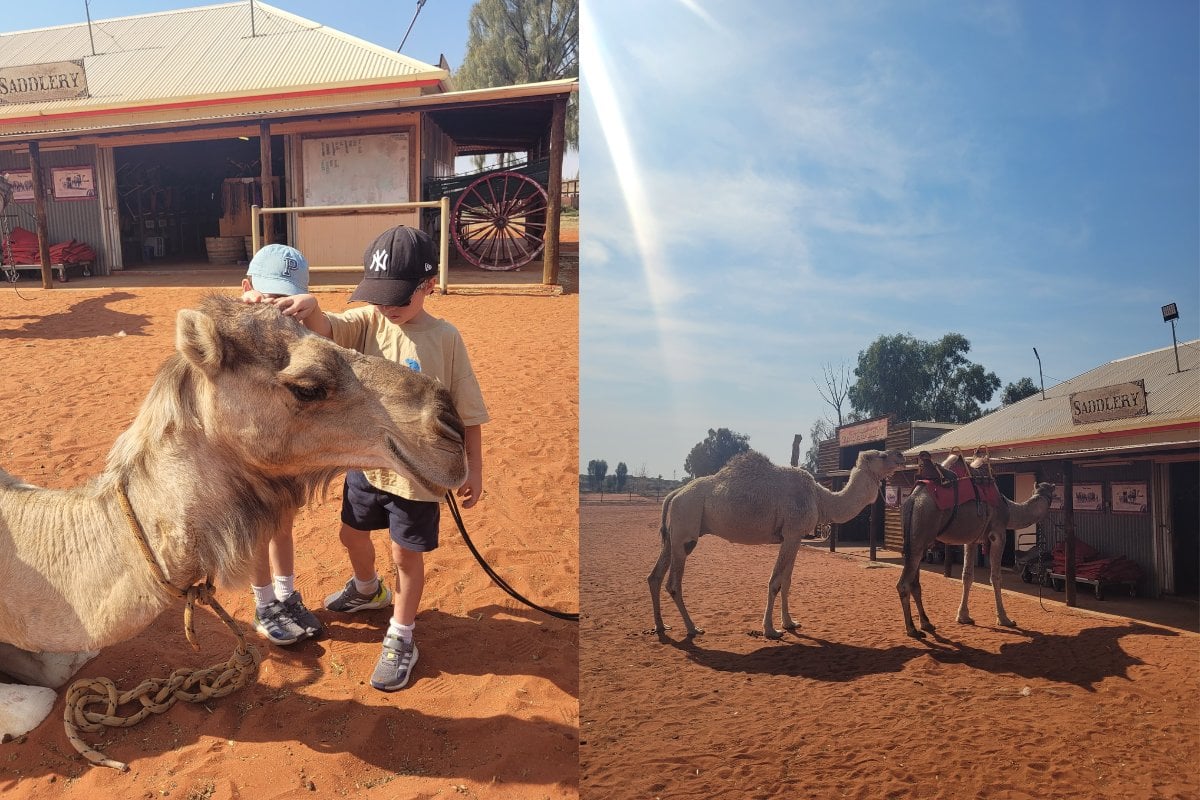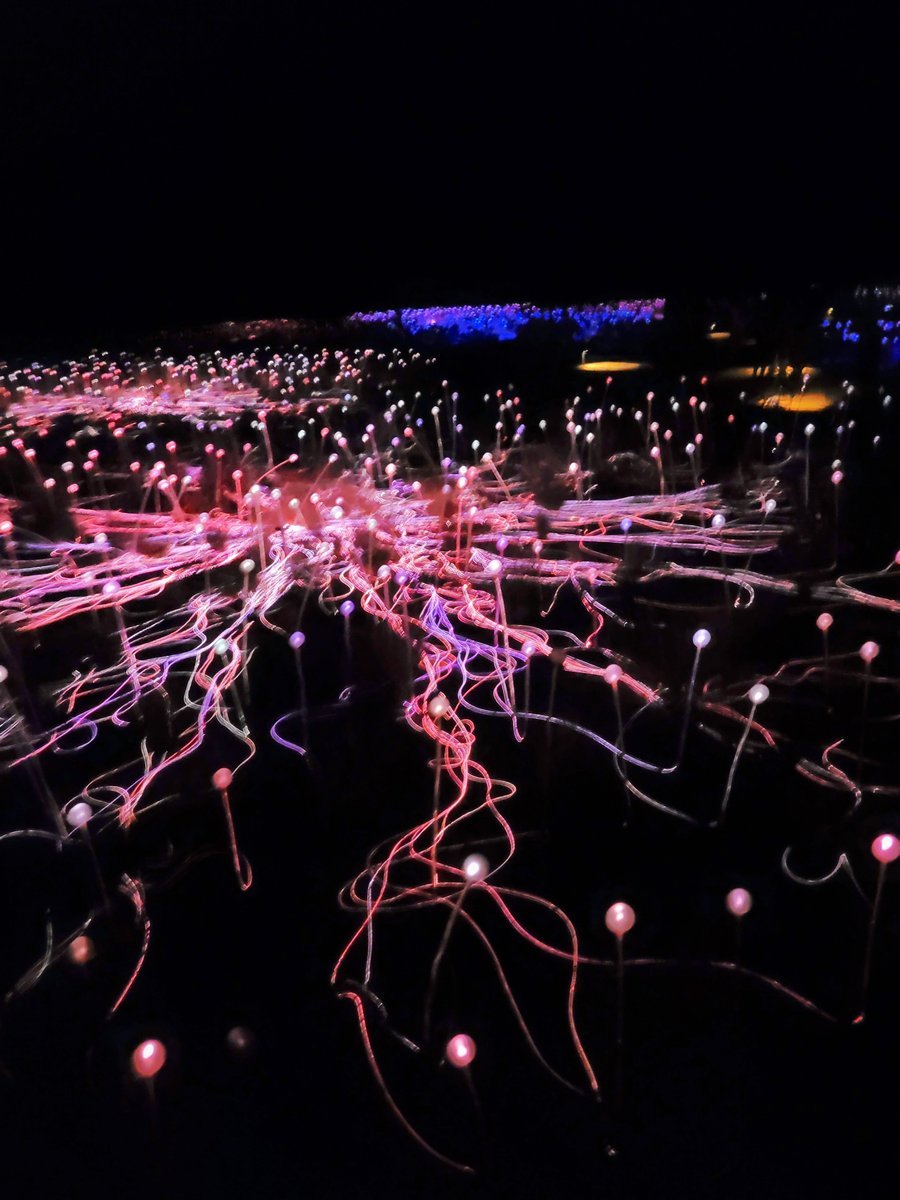
"Can everyone please stay in your seats," said the captain over the speaker. Everyone on the plane was peering to the left, trying as hard as possible to look out the tiny cabin window, desperate to catch a glimpse.
Below stood an orangey-red sandstone formation. One of the most recognisable natural icons in the world and the spiritual heart of our nation.
"Mum," said my wide-eyed five-year-old as he too rose from his seat. "It's Uluṟu."
Rewind to a month before when I was invited for work to visit the Red Centre and instead of taking a solo trip, I brought two of my sons (six and five years old) and my mum along. And while yes, a trip without them would have meant more time in the resort spa and more wines by the pool, sometimes a destination becomes even more special when seen through a child's eyes. Especially a destination that is as iconic as Uluṟu.
Watch: Horoscopes At The Airport. Post continues below.
But for an iconic place to become an equally iconic trip, it's crucial to be as organised as possible. Going to Uluṟu isn't really a 'let's follow the wind' type of holiday.



